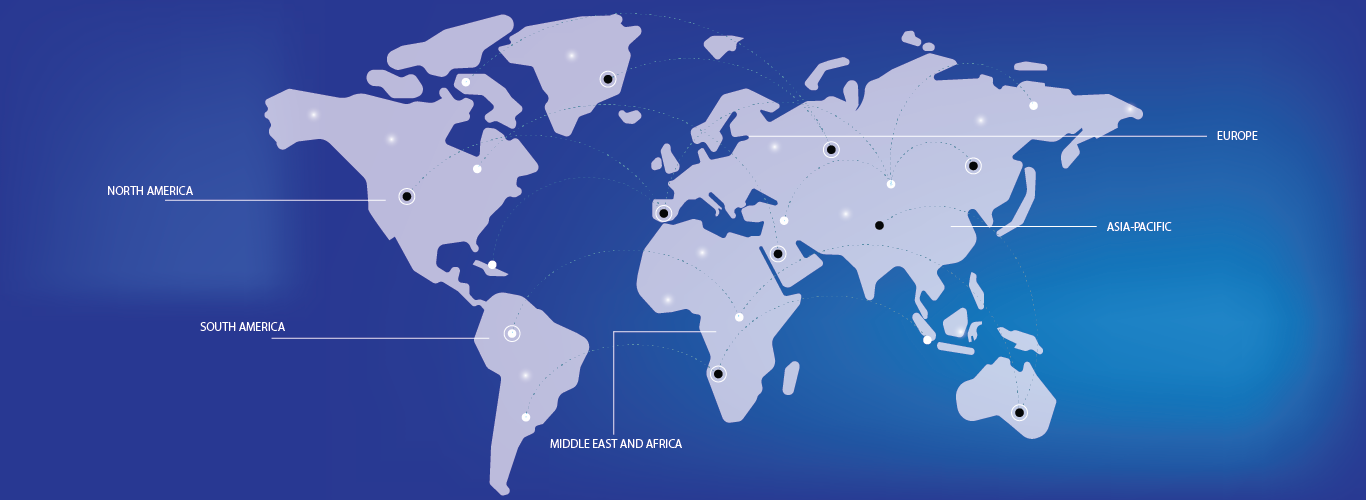The chancroid treatment market is experiencing advancements driven by innovative diagnostic and therapeutic technologies. Polymerase chain reaction (PCR)-based diagnostics are emerging as the gold standard for rapid and accurate identification of Haemophilus ducreyi. These tests minimize misdiagnoses, improving treatment precision. Point-of-care (POC) testing technologies have also become pivotal, offering quicker results in resource-constrained settings.
On the treatment front, single-dose antibiotics such as azithromycin and ceftriaxone are gaining prominence for their high efficacy and patient compliance. Research into combination therapies aims to address antibiotic resistance, a growing concern in chancroid treatment. Additionally, digital platforms and telemedicine are expanding access to expert consultation in remote regions, driving earlier intervention and improved outcomes.
Market growth is fueled by increased awareness about sexually transmitted infections (STIs) and their impact on public health. Funding for STI programs by organizations such as WHO and UNAIDS is also bolstering market expansion. As diagnostics and treatment approaches evolve, the chancroid treatment market is poised for sustained growth, particularly in underserved areas.




